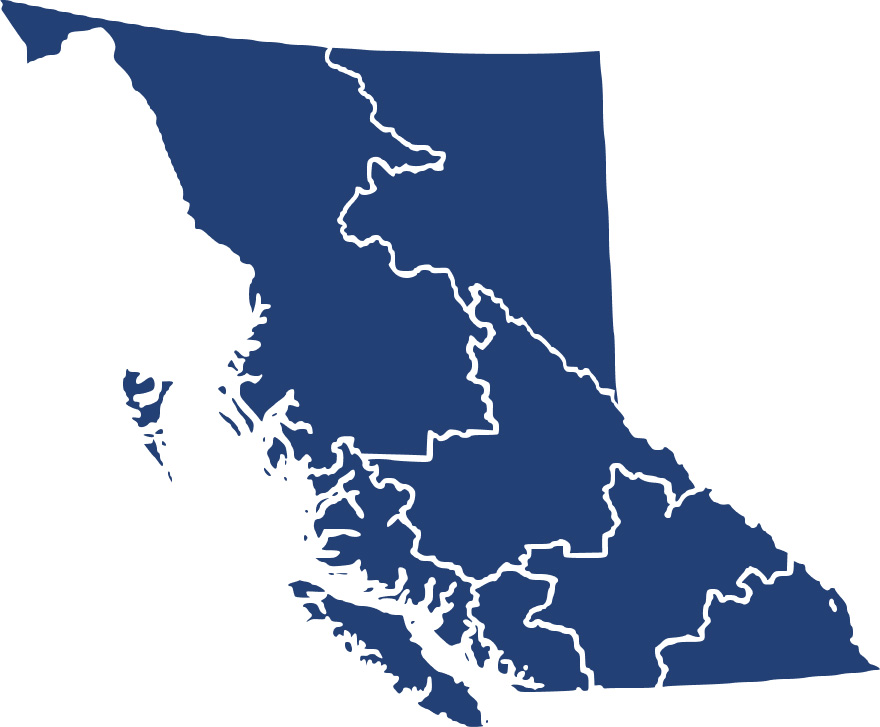Career Overview
Plastic products assemblers, finishers and inspectors work for plastic products manufacturing companies and plastic parts divisions of aircraft or other manufacturing companies and perform a variety of tasks.
People in this occupation:
- Assemble, finish and inspect plastic parts and finished products
Duties
Plastic products assemblers and finishers:
- Operate machines or equipment, or use hand tools to cut, shape, splice and fit plastic materials to form parts and assemblies
- Assemble materials on patterns to form parts and pieces using bonding agents
- Operate spray gun unit to apply resin mixtures to metal or wooden mould to form plastic products
- Load and run autoclave oven to cure and bond plastic parts and pieces
- Operate finishing equipment to trim, grind or buff plastic products into final form
Plastic products inspectors:
- Inspect manufactured plastic products for defects and to ensure they meet specifications and quality standards, visually or using instruments
- Attach seals or tags to approved plastic products and mark and reroute defective products for repair or recycle
- Prepare reports on products inspected
- Make minor adjustments and repairs to products
- May train or assist in training new workers
Earnings
Earnings is income that workers receive in exchange for their labour. Depending on the type of employment, earnings can be in the form of wages (hourly), salaries (fixed monthly or annual) or self-employed earnings.
Work Environment
# Workers Employed
305% Employed Full Time
69%Key aspects of work in this occupation:
- Plastic products assemblers, finishers and inspectors usually work in a conventional controlled environment such as an office, hospital or school
- Work may involve chemicals that are harmful to skin or eyes, dangerous if inhaled or may cause a fire or explosion
- Work may be performed with equipment, machinery or power/hand tools that could cause an injury
- Workers are exposed to fire steam or hot surfaces that are potential sources of injury
- This work can produce enough noise to cause loss of hearing
- Work is done in the presence of strong odours
Career Pathways
- Mobility among the various workers in this group is possible
- Progression to supervisory positions is possible with experience
Related Careers
Occupational Interests
It’s important to understand what kinds of occupations align with your interests.
For more about occupational interests visit Skills for the Future Workforce > Characteristics.
Here are the top occupational interest(s) for this career profile:
Job Titles
Education, Training and Skills
- Some secondary school education is usually required
- Experience as a labourer in the same company may be required for assemblers, finishers and inspectors
- On-the-job training is provided
Education programs in B.C.
The following program areas are related to this occupation:
- Academic/Basic Upgrading

Skills
Every job calls for a certain set of skills. Knowing those skills is the first step in finding a good career fit.
Here, you will find the 10 most relevant workplace skills. Some are more important to achieving success in a certain career than others. These skills may come naturally to you or you may need to gain them through education, training and experience.
See the list of work-related skills below, ranked in order of importance for this career. Check out the list and see if this career matches your skills—take that first step!
Conducting tests and inspections of products, services or processes to evaluate quality or performance.
Using logic and reasoning to identify the strengths and weaknesses of alternative solutions, conclusions or approaches to problems.
Giving full attention to what other people are saying, taking time to understand the points being made, asking questions as appropriate, and not interrupting at inappropriate times.
Keeping track of and assessing your performance, other individuals, or organizations to make improvements or take corrective action.
Talking to others to share information effectively.
Understanding written sentences and paragraphs in work-related documents.
Watching gauges, dials or other indicators to make sure that a machine is working properly.
Communicating effectively in writing as appropriate for the needs of the audience.
Managing one’s own time and the time of others.
Adjusting actions in relation to others' actions.
Labour Market Statistics
Discover data, facts and information that have been gathered and analyzed. Learn about the characteristics of the economy and labour market in B.C.
Employment
Find out about employment types and trends by region and industry.
Employment
305Employment by Region















| Region | Employment | % Employment of this Occupation |
|---|---|---|
| Cariboo | 0 | 0.0% |
| Kootenay | 10 | 3.3% |
| Mainland/Southwest | 210 | 70.0% |
| North Coast and Nechako | 0 | 0.0% |
| Northeast | 10 | 3.3% |
| Thompson-Okanagan | 45 | 15.0% |
| Vancouver Island/Coast | 35 | 11.7% |
Labour Market Outlook
The B.C. Labour Market Outlook is a 10-year forecast of the expected supply and demand for labour in the province. It’s usually updated every year. The purpose is to provide British Columbians with the knowledge to make informed decisions on careers, skills training, education and hiring.
Forecasted Job Openings (2023-2033)
90Forecasted Job Openings
Forecasted Employment Growth Rate
Composition of Job Openings
Job Openings by Region (2023-2033)















| Region | Job Openings | Avg. Annual Employment Growth |
|---|---|---|
| Cariboo | Not available | Not available |
| Kootenay | Not available | Not available |
| Mainland/Southwest | 70 | 0.5% |
| North Coast and Nechako | Not available | Not available |
| Northeast | Not available | Not available |
| Thompson-Okanagan | 0 | 0.0% |
| Vancouver Island/Coast | 10 | 0.5% |
Industry Highlights
Learn about the opportunities in B.C.'s major industries, including employment trends, earning potential, locations of work and more.
Forecasted Job Openings by Industry
| Industry | Job Openings (2023-2033) |
|---|---|
| Manufacturing | 70 |
| Wholesale Trade | 10 |
| Retail Trade | 10 |
| Repair, Personal And Non-Profit Services | 0 |
Resources
Resource information is currently not available.








